Welcome to BAOYUE PEARL, we supply all shapes freshwater pearl with wholesale price, contact us to get a free Quote:
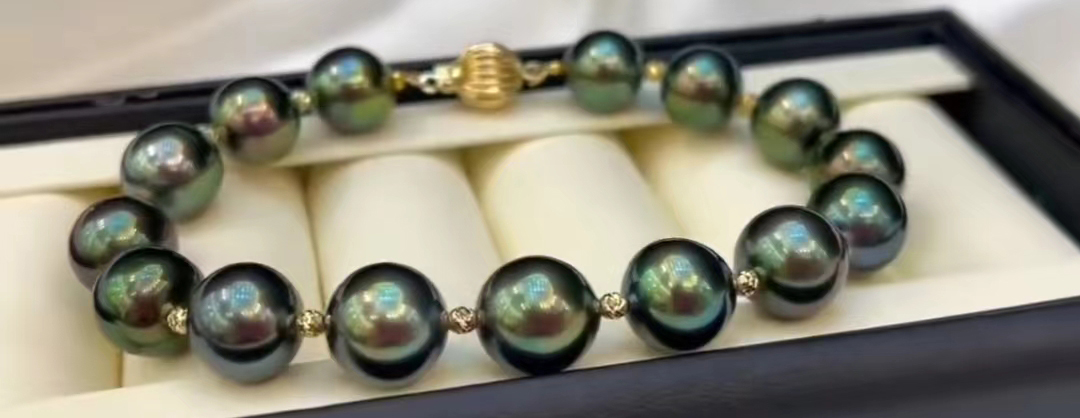
Tahitian Pearl Buying Guide – Your Insider’s Guide to Buy Tahitian Pearls
The popular Tahitian Black Pearl is produced exclusively by the exotic black-lipped oyster found in the waters around the islands and atolls of Tahiti. Its romantic hues, reminiscent of tropical evenings, range from dramatic blue-black to a soft dove gray, with iridescent halos that dance with your every movement.
Tahitian pearls—especially the black ones radiating with purple, green and silver tones—represent the dark side of the moon. Tahitian pearls come in a stunning array of colors, sizes and shapes.
Whether in an exquisite necklace or a pair of earrings, combined with sparkling diamonds, Tahitian Black Pearls offer everlasting memories of dreamy, starlit nights in Paradise.
What is Tahitian Pearls ?
The Tahitian pearl (or black pearl) is an organic gem formed from the black lip oyster (Pinctada margaritifera). These pearls derive their name from the fact that they are primarily cultivated around the islands of French Polynesia, around Tahiti.
Tahitian black pearls. They’re some of the world’s most captivating, most sought-after gems, and they’re the stuff of legend since real Tahitian black pearls can only be found in The Islands of Tahiti. If you’re traveling throughout The Islands of Tahiti, there’s no better souvenir — after all, you’re here at the source, so you’re definitely going to want to indulge in some Tahitian pearl shopping.
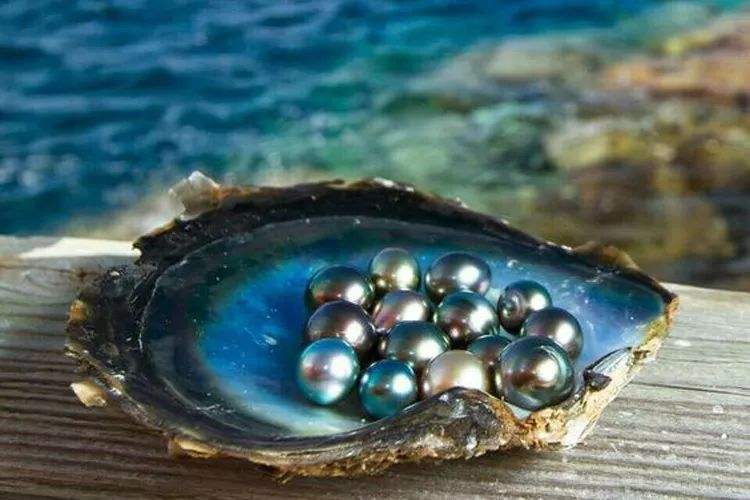
A cultured saltwater Akoya pearl is the product of a synthesis between humans and nature. A mother of pearl shell bead nucleus is inserted into the host oyster, along with a square of donor mantle tissue from another oyster who has previously borne pearls of high or exceptional value, and the oyster is left to begin secreting around the nucleus, eventually forming a pearl.
The crystalline nacre layers are made up of microscopic aragonite platelets composed of calcium carbonate, and bound together with an organic “glue” of sorts called conchiolin. The aragonite platelets are fairly transparent to slightly tinged in color, able to both reflect and refract light rays striking their surfaces, giving pearls their trademark pearl luster and subtle glow. The tighter and more compact this arrangement of crystal is, the brighter the luster the pearl displays and the greater the amount of orient or iridescence.
Tahitian Pearls - 3 Things You MUST Know
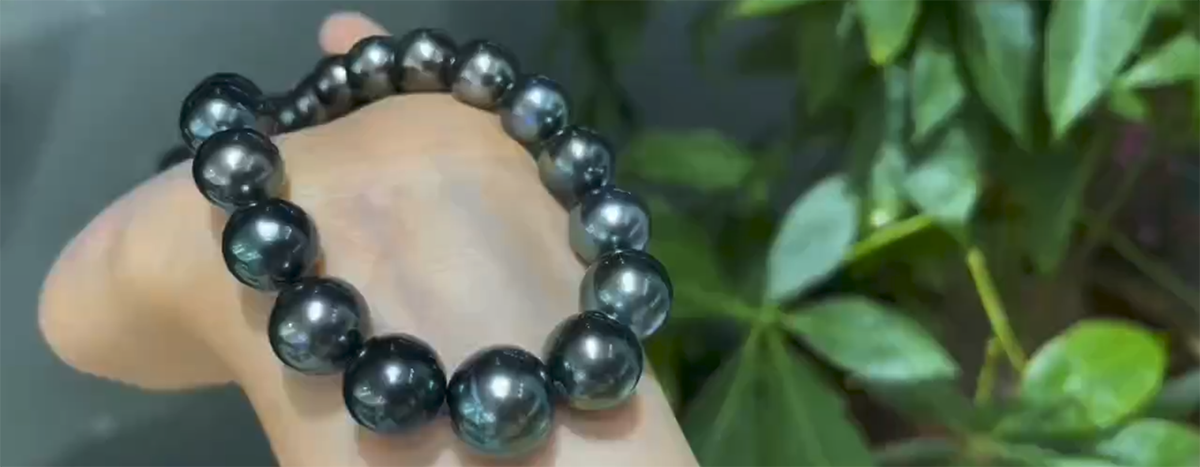
These exotic "black pearls" are the stuff of legend.
Just the mention of black Tahitian pearls, conjures up thoughts of deep tropical waters, swaying palm trees and good men gone mad in search of them.
Below are three quick facts I think everybody should know before making the decision to purchase Tahitian Pearls.
1. Tahitian pearls are not grown in Tahiti.
Tahiti is the main island hub of French Polynesia, but Tahiti itself does not actually produce pearls.
Tahitian pearls are grown in French Polynesia, a group of 5 island archipelagos that covers the size the Europe!
Yet only has a land surface of around 1500 square miles.
The two archipelagos responsible for most of the pearl production are the Tuamotu Archipelago and Gambier Islands.
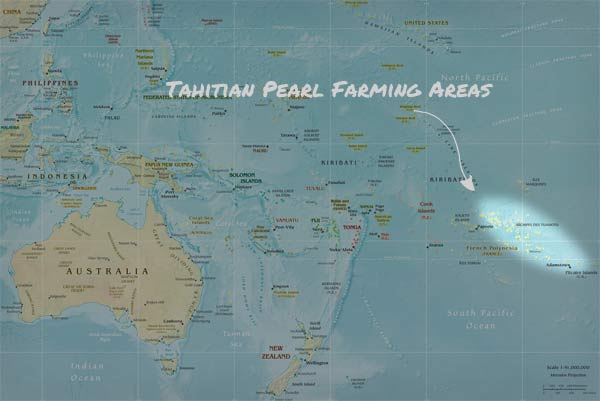
2. Tahitian pearls come in many shapes (and that's a good thing!)
Tahitian pearls are bead nucleated.
Which means the pearl farmer will very skillfully insert a round shell bead inside the oyster.
With the hope that the oyster will produce a round pearl.
The bead DOES increase the chance of a round pearl, but mother nature is still in charge of this operation.
And in fact less than 10% of harvested pearls will be round.
The shapes will normally fill into 4 categories:
round
near round
baroque
circle (a type of baroque pearl)
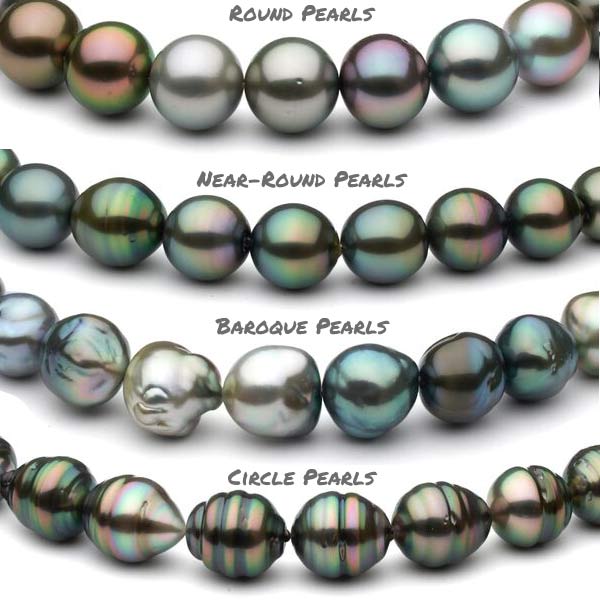
3. "Black" Tahitian pearls aren't actually black
When discussing the color of Tahitian pearls(or pearls in general) the term "black" is used to describe pearls with dark body colors.
It could be blue, purple, green, brown, silver -- but never a true black.
In addition to the body color, Tahitian pearls can display an amazing range of overtones(especially the circle and baroque shapes).
Traditionally the most sought after(expensive) Tahitian pearls will have a dark green body color and peacock(think oil slick) overtones.
Pearls that look something like this:
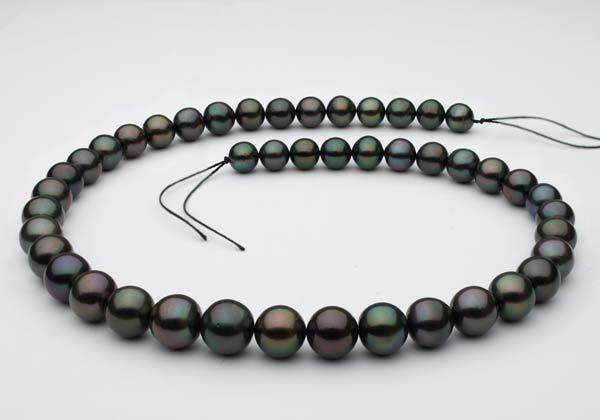
That said, in the last few years we've really seen an increased appreciation for the full range of colors possible
This multi-color strand shows how different the colors can be:
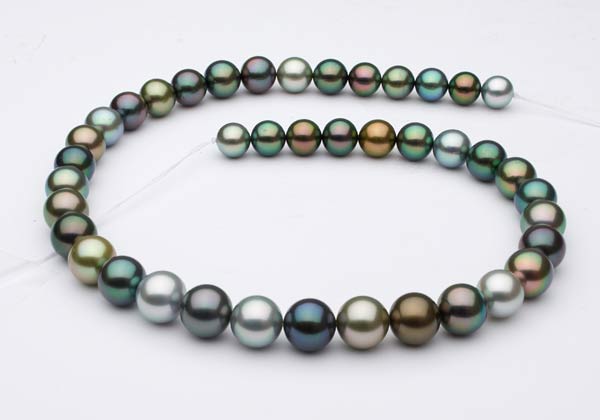
It's important to note that Tahitian pearls are the only naturally "black" pearls. Black Akoya and black freshwater pearls are dyed.
Why you want to consider baroque pearls...
In a word - COLOR!
The shape of baroque pearls allow for light to reflect from many different angles, making overtones really pop.
The most colorful strands are always the baroque and circle shaped pearls.
Baroque Tahitian Pearls:
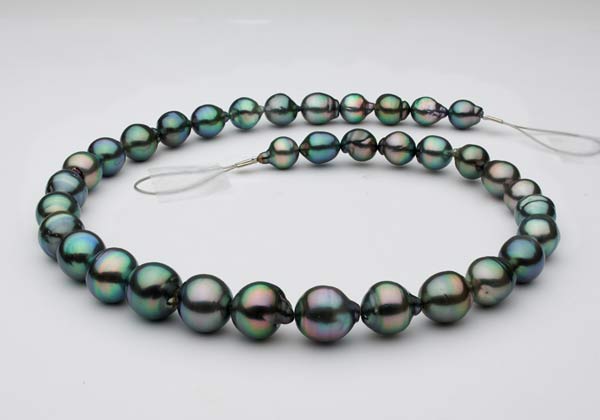
"Circle" Tahitian Pearls:
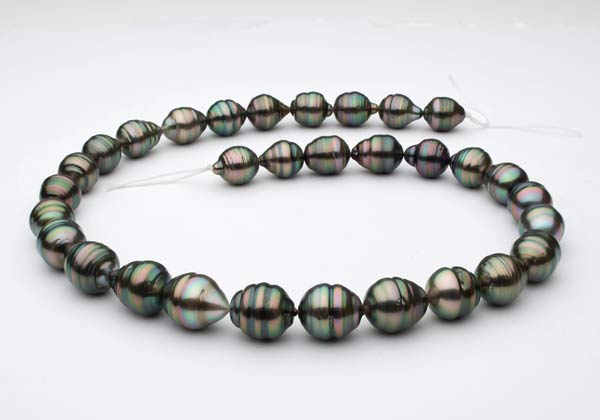
If you have any question about pearl knowledge, Please come in BAOYUE Pearl Education page to read relevant articles, maybe you can get some answers, the link: BAOYUE Pearl Education . or leave a message to us, we will reply you within 24 hours.
Ready to Learn More about Pearl Grading?
View the rest of our Pearl Grading Guides:

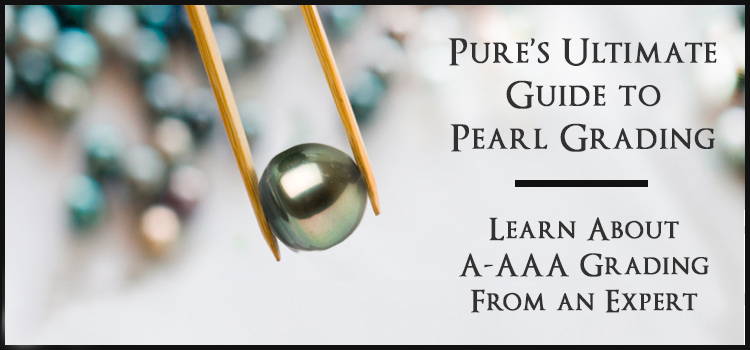
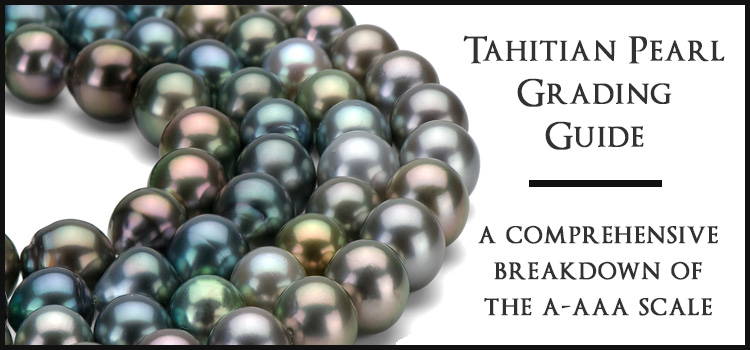
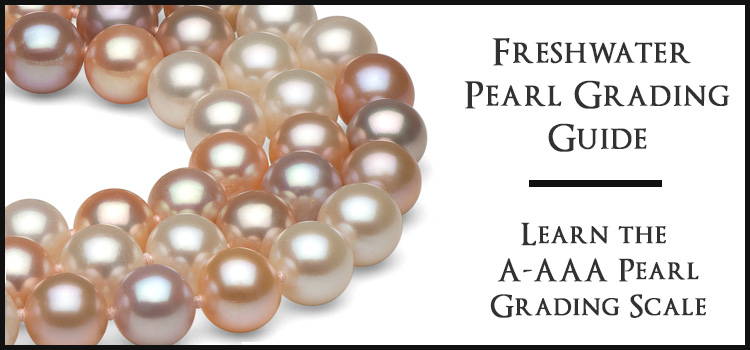
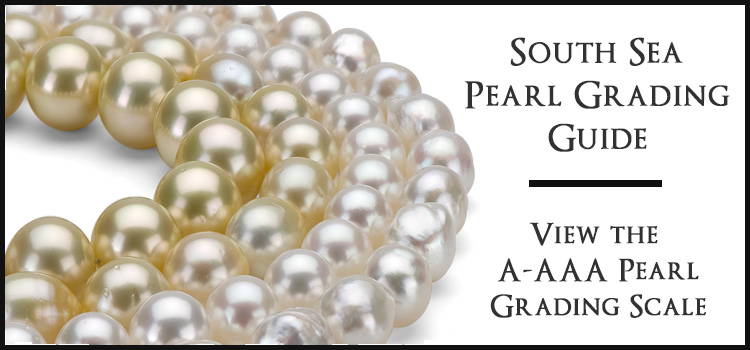
 WhatsApp Code
WhatsApp Code